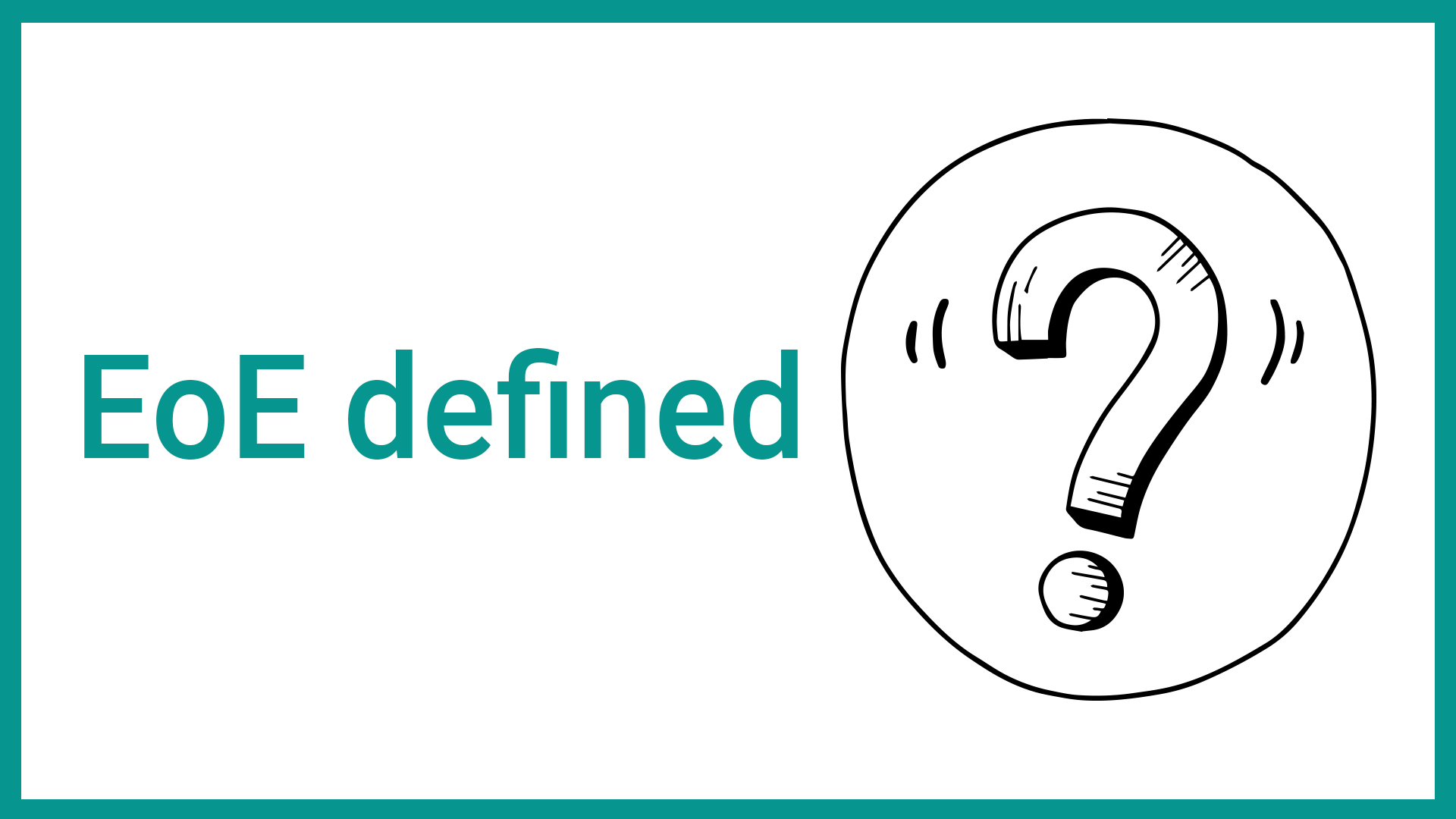For a diagnosis: in addition to having symptoms, you will need to be referred to a specialist physician, typically a gastroenterologist, who can perform endoscopy. An endoscopy is a procedure where a flexible tube with a light and a tiny camera at the end (an endoscope or “scope”) is inserted through the mouth for examination of the esophagus.
- Your family doctor or allergist can refer you to a gastroenterologist. As part of the consultation with one, this procedure (endoscopy) will be explained in more detail.

During the procedure, the specialist physician will take tiny pieces of tissue from the esophagus (called biopsies) to examine under a microscope and will count the number of eosinophils (a type of white blood cell that accumulates in large numbers in people with EoE and causes the inflammation) in a magnified section. This is a day procedure, the biopsies do not hurt when taken and they are individually only a millimeter or two in size. When large numbers of eosinophils are found (typically ≥15 eosinophils per high-powered field), EoE is present.
Once diagnosed with EoE, your gastroenterologist, allergist and other healthcare professionals such as dietitians, will work together with you to find treatment to control the inflammation and ultimately address the symptoms of EoE as well as help prevent and manage complications such as strictures.
- In order to make an accurate diagnosis, it is important that you do not change your diet or habits before your appointment with a specialist physician. For example, cutting out potential trigger foods from your diet or exposure to environmental triggers like pollen could negatively influence the ability to confirm a diagnosis.
Obtaining a diagnosis of EoE can be a long process, except for those who present with a food bolus impaction (food stuck in their esophagus) to the emergency department. Getting to a diagnosis can be lengthy for a variety of reasons – one is the time for referral and ultimate completion of the procedure, but on the other side, it has been generally related to delay in seeking help. Individuals have tended to gradually notice the change, and often adapt their eating habits and only seek help when symptoms are more severe. In children, it often takes a couple of years to get a diagnosis and with an adult, it is often even longer. However, thanks to an increased awareness of symptoms, people are seeking help earlier, and as a result, are being diagnosed sooner than in past.




